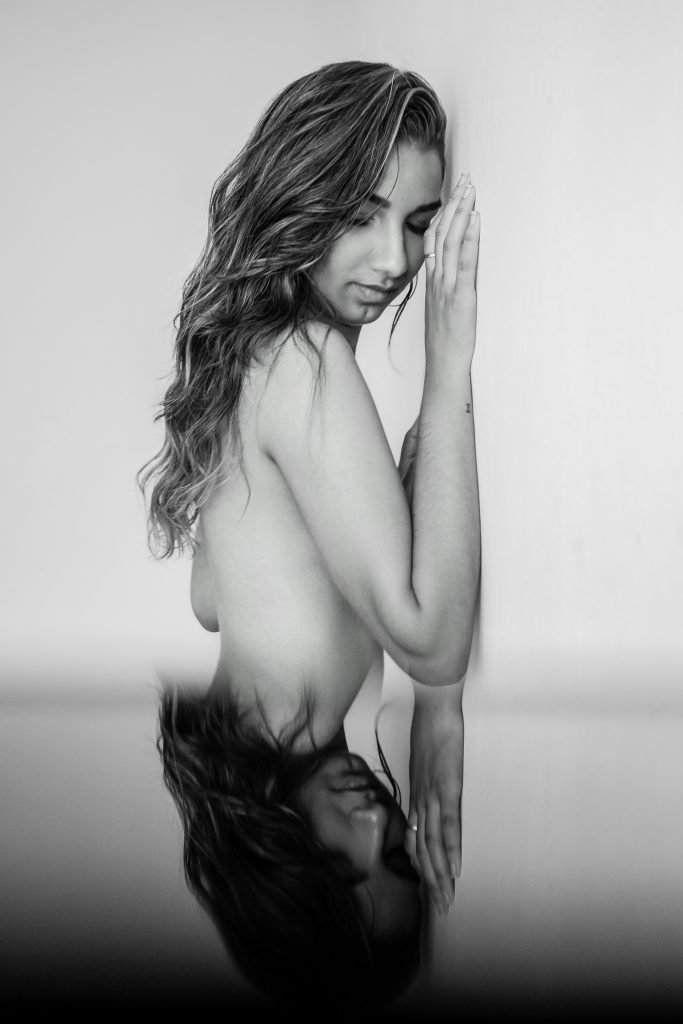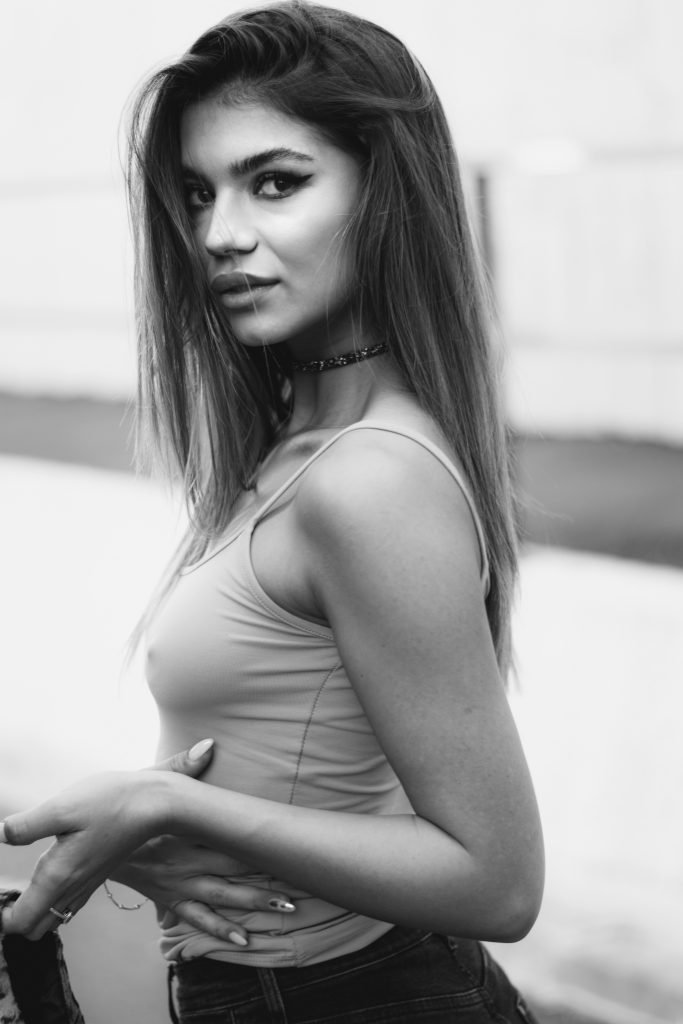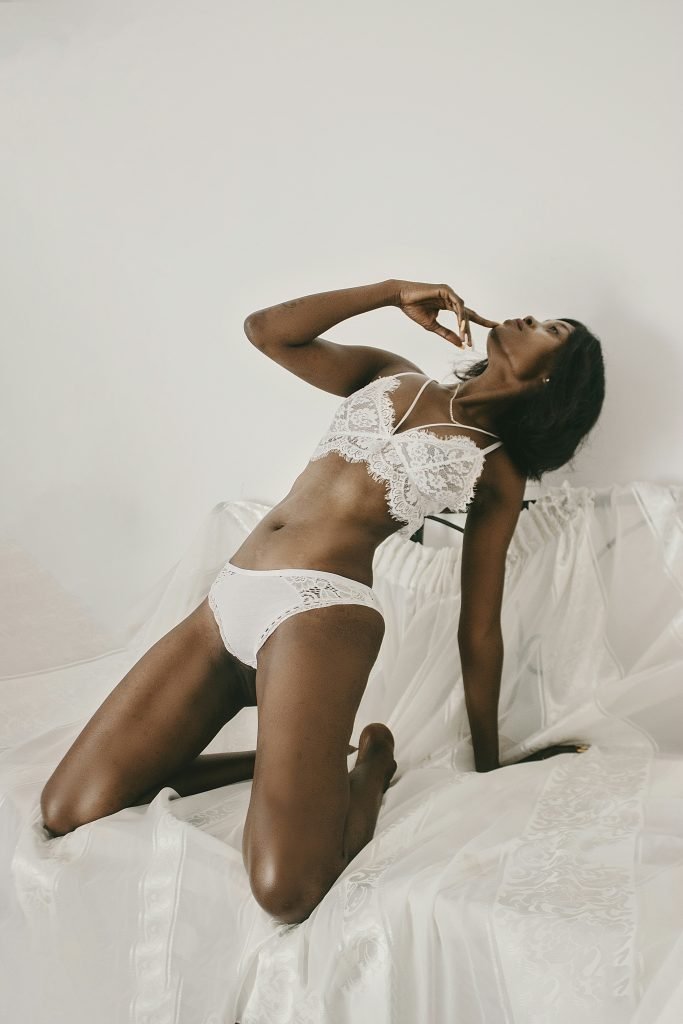In the fascinating realm of boudoir photography, the magic doesn’t just happen behind the lens; it blossoms in the editing room. As David Josue, a seasoned professional photographer with a keen eye for the intimate and sensual, I take immense pride in sharing my insights and expertise through meticulously crafted articles and hands-on workshops. Tailored specifically for women intrigued by the allure of boudoir photography, my goal is to shed light on how elegant, empowering images are perfected post-shoot. Whether contemplating a personal photo session or simply trying to refine your editing skills, join me on this artful journey at Boudoir.Guru to uncover the secrets of transforming raw captures into breathtaking portraits.
Key Takeaways
- Boudoir photography captures intimacy and sensuality with professionalism.
- Ethical considerations include respecting client privacy and maintaining natural beauty.
- Essential tools: Adobe Photoshop and Lightroom, with alternatives like Capture One and Affinity Photo.
- Effective workflow: Culling and organizing streamline the editing process.
- Subtle retouching enhances natural beauty without altering the true appearance.
- Color theory and light mastery set the mood of boudoir photos.
- Background and props enhance the overall impact of the images.
- Proper file formats and delivery methods ensure client satisfaction.
- Ongoing education keeps skills sharp and up-to-date.

Understanding Boudoir Photography
Defining Boudoir Photography
Boudoir photography, to me, is much more than just taking pictures; it’s about capturing the essence of femininity and personal intimacy in a way that empowers and celebrates the subject. As a professional photographer, I focus on creating images that highlight the beauty and sensuality of my clients, providing them with not just photographs but memories they can cherish. Boudoir photography dives into the personal space of lingerie and intimacy, but it’s handled with such care and professionalism that the outcome is always elegantly tasteful.
The Intimacy and Sensuality of Boudoir
There’s a unique intimacy and sensuality in boudoir photography that sets it apart from other genres. It’s not just about capturing a person’s physical form; it’s about delving into their personality, their confidence, and their vulnerabilities. As someone behind the lens, I strive to create a connection with my subjects, helping them feel comfortable and confident in revealing their sensuality through poses and expressions that reflect their inner beauty and strength.
The Evolution of Boudoir Photography
Over the years, boudoir photography has evolved significantly. It started as a niche within portrait photography but has grown into a celebrated genre in its own right. This evolution has been fascinating, with the genre becoming more inclusive and diverse, embracing all body types, genders, and identities. Technological advancements and a shift in societal attitudes towards body positivity and self-love have played a huge role in this transformation.
The Ethics of Boudoir Photography Editing
Respecting Client Privacy
One of the foremost ethical considerations in boudoir photography is respecting client privacy. Given the intimate nature of these photos, ensuring confidentiality and secure handling of the images is paramount. I always ensure that my clients’ wishes regarding privacy are respected, whether they prefer their photos to remain completely private or consent to selective sharing.
Maintaining Natural Beauty
In editing boudoir photographs, I prioritize maintaining the natural beauty of my clients. While subtle enhancements and retouching are part of the process, it’s important to me that the images remain true to the individual’s appearance and personality. Over-editing not only distorts the essence of boudoir photography but can also impact the client’s self-image.
Creating a Safe and Comfortable Environment
The success of a boudoir shoot heavily relies on the subject feeling safe and comfortable. From the initial consultation to the shoot day and through to the editing process, I ensure that my clients feel respected and in control. This supportive environment allows for authentic expressions of sensuality and personality in the photographs.

Basic Tools and Software for Editing
Adobe Photoshop and Lightroom Overview
Adobe Photoshop and Lightroom are the cornerstone tools for photo editing in my workflow:
- Photoshop: Offers unparalleled control for detailed retouching.
- Lightroom: Provides efficient workflow solutions for culling, organizing, and basic adjustments.
Mastering these tools allows me to elevate the quality of my boudoir photography significantly.
Alternative Editing Software
While Adobe products are industry standards, there are excellent alternative editing software options available:
- Capture One
- Affinity Photo
These programs have gained popularity for their unique features and workflow efficiencies. I often explore these alternatives to ensure I am utilizing the best tools for specific project needs.
Mobile Editing Apps for Quick Fixes
In today’s fast-paced world, mobile editing apps like Snapseed and VSCO offer quick, on-the-go adjustments that are surprisingly powerful. These apps are particularly useful for social media content and client previews, providing a level of convenience without significantly compromising on quality.
Culling and Organizing Your Photos
Selecting the Best Shots
Culling is the process of selecting the best shots from a shoot, and it’s a critical step in boudoir photography. I focus on choosing images that best capture the client’s personality, beauty, and the essence of sensuality that defines boudoir. This selective process ensures that only the most impactful photos proceed to editing.
Organizing Files for Efficient Workflow
Efficient workflow is key to managing the editing process, especially with the volume of images boudoir shoots can generate. I organize files by session, with subfolders for:
- Raw
- Selects
- Finals
This organization aids in managing projects effectively and ensures that files are easily accessible.
Using Metadata and Keywords for Easy Access
To further optimize my workflow, I utilize metadata and keywords in Lightroom. This allows me to quickly find specific images based on session details, themes, or other relevant identifiers. It’s a time-saving technique that simplifies the search process, making my editing workflow more efficient.

The Art of Retouching
Skin Smoothing Techniques
Skin retouching is a subtle art. My approach is to enhance the skin in a way that looks natural and true to life, using techniques that smooth out uneven textures without erasing natural skin features like freckles or beauty marks. The goal is to enhance, not to change the person’s appearance fundamentally.
Body Shaping and Contouring
Body shaping and contouring in post-production should be approached with sensitivity and ethics in mind. Any adjustments made are subtle and always in agreement with the client’s wishes. The intent is to highlight their natural beauty, not to conform to unrealistic beauty standards.
Removing Blemishes and Distractions
In editing, removing temporary blemishes or distractions that detract from the subject is a standard practice. However, it’s essential to differentiate between temporary blemishes, like a pimple, and permanent features, ensuring that the edited images remain a genuine representation of the individual.
Color Grading and Mood Setting
Understanding Color Theory
A deep understanding of color theory is crucial for setting the mood and tone of boudoir photographs. Colors evoke emotions, and choosing the right palette enhances the sensuality and intimacy of the images. I carefully select colors that complement the subject’s skin tone and the overall mood I aim to achieve.
Creating a Color Palette for Your Shoot
Prior to a shoot, I often plan the color palette that will best reflect the desired atmosphere. This includes considerations for:
- Wardrobe
- Props
- Background
This planning helps in creating a cohesive look and feel in the final images, enhancing their emotional impact.
Adjusting Tones for Mood Enhancement
In post-production, adjusting tones is a powerful way to enhance the mood of the photographs. Whether it’s warming the tones for a cozy, intimate feel or using cooler tones for a mysterious allure, these adjustments play a crucial role in conveying the intended mood of the boudoir session.
Mastering Light and Shadow
Enhancing Natural Light
Natural light is a boudoir photographer’s best friend. I use various techniques to enhance natural light in post-production, ensuring that it flatters the subject and adds to the sensuality of the images. This might involve adjusting exposure, highlights, and shadows to mimic the soft, diffused light that is most flattering.
Creating Depth with Shadows
Shadows are not to be feared but embraced. They can add depth and drama to boudoir photographs, accentuating curves and creating a more dynamic image. In editing, I carefully adjust shadow and highlight levels to achieve the perfect balance, enhancing the 3D feel of the photographs.
Dodge and Burn Techniques
Dodge and burn are classic techniques in photography editing that allow for precise control over light and shadow. Used thoughtfully, these techniques can highlight the best features of the subject while maintaining a natural look. I use dodge and burn to sculpt the light in a way that naturally enhances the subject’s form.
Background and Prop Enhancement
Selecting Backgrounds That Complement
Choosing the right background is crucial in boudoir photography, as it sets the scene and supports the subject. I select backgrounds that complement the theme of the shoot and the subject’s styling, ensuring that they enhance rather than distract from the intimate feel of the images.
Editing Backgrounds to Fit the Theme
Sometimes, the perfect background isn’t available in real life. In these cases, editing becomes a creative tool to adapt or change the background to fit the theme of the shoot better. Whether it’s a subtle change in color or a more significant background swap, the goal is always to enhance the overall impact of the photo.
Enhancing or Adding Props Post-Shoot
Props can add a lot of personality and context to boudoir photos, but they don’t always come across as intended in the raw shot. In editing, I can enhance or even add props to better fit the theme or to add a symbolic element to the images, always in a way that feels natural and contributes to the narrative.
Exporting and Delivering Final Images
Choosing the Right File Format and Size
When it comes to delivering the final images to clients, choosing the right file format and size is crucial. I typically provide:
- High-resolution JPEGs: For printing.
- Optimized versions: For online use.
This ensures the images look their best in any medium.
Watermarking and Copyright Information
Ensuring images are watermarked and include copyright information is important for protecting my work and the privacy of my clients. However, I balance this with the need to keep the images aesthetically pleasing, ensuring that any watermarks are discreet and do not detract from the image itself.
Delivery Methods: Online Galleries vs. Physical Media
I offer both online galleries and physical media for delivering the final images, depending on the client’s preference:
- Online Galleries: Provide a convenient and secure way for clients to view and download their photos.
- Physical Media: Like USB drives or printed albums, offer a tangible and personal touch that many clients appreciate.
Continuing Education and Workshops
Benefits of Ongoing Learning
In the ever-evolving field of photography, continuing education and workshops play a crucial role in keeping skills sharp and staying current with trends and techniques. I actively seek out learning opportunities to improve my craft, ensuring that I can provide the best possible service to my clients.
Finding the Right Workshops for You
Finding workshops that align with your specific interests and skill level is important for maximizing the benefits of continuing education. I focus on workshops that cover advanced editing techniques and those that offer fresh perspectives on boudoir photography, which helps me bring new ideas and improved skills to my clients’ shoots.
Online Resources for Self-Improvement
In addition to workshops, I regularly utilize online resources like tutorials, forums, and webinars to continue learning. These resources offer flexibility and a wide range of topics, allowing me to delve into specific areas of interest within boudoir photography editing and stay ahead of the curve.
Quote:
“Boudoir photography is not just about capturing a person’s physical form; it’s about delving into their personality, their confidence, and their vulnerabilities.” – David Josue
Ready to master the art of boudoir photography editing? Visit Boudoir.Guru for more tips, resources, and to schedule a session.

